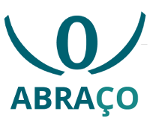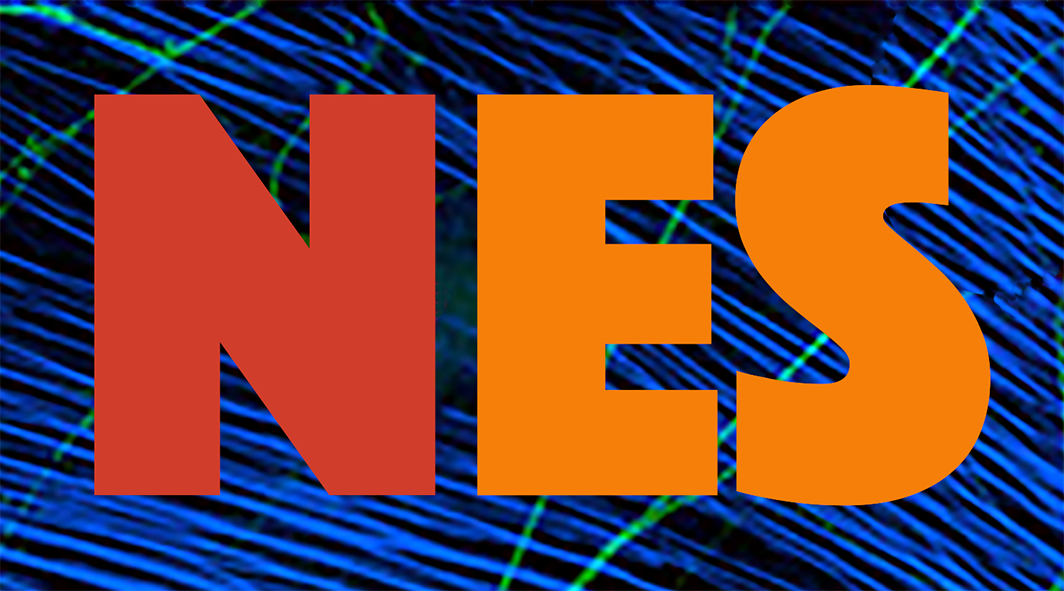
Microwave-Assisted Growth of Silver Nanoparticle Films with Tunable Plasmon Properties and Asymmetrical Particle Geometry for Applications as Radiation Sensors
Publications | Aug 24, 2020
E. J. Guidelli, L. F. Araujo, A. C. A. Assunção, I. C. S. Carvalho, D. R. Clarke and O. Baffa
We report a simple and fast microwave-assisted method to grow silver nanoparticle films with tunable plasmon resonance band. Microwaving time controls nucleation and growth as well as particle agglomeration, cluster formation, particle morphology, and the plasmonic properties. Films produced with times shorter than 30 s presented a single well-defined plasmon resonance band (~ 400 nm), whereas films produced with times longer than 40 s presented higher wavelength resonances modes (> 500 nm). Plasmon band position and intensity can be easily tuned by controlling microwaving time and power. SEM and AFM images suggested the growth of asymmetrical silver nanoparticles. Simulated extinction spectra considering particles as spheres, hemispheres, and spherical caps were performed. The films were employed to enhance the sensitivity of ionizing radiation detectors assessed by optically stimulated luminescence (OSL) via plasmon-enhanced luminescence. By tuning the plasmon resonance band to overlap with the OSL stimulation (530 nm), luminescence enhancements of greater than 100-fold were obtained, demonstrating the importance of tuning the plasmon resonance band to maximize the OSL intensity and detector sensitivity. This versatile method to produce silver nanoparticle films with tunable plasmonic properties is a promising platform for developing small-sized radiation detectors and advanced sensing technologies.
Dreaming during Covid-19 pandemic: Computational assessment of dreams reveals mental suffering and fear of contagion
Publications | Aug 05, 2020
Natalia B. Mota, Janaina Weissheimer, Marina Ribeiro, Mizziara de Paiva, Juliana D'Avila, Gabriela Simabucuru, Monica F. Chaves, Lucas Cecchi, Jaime Cirne, Guillermo Cecchi, Cilene Rodrigues, Mauro Copelli, Sidarta Ribeiro
Neuroscience and psychology agree that dreaming helps to cope with negative emotions and learn from experience. The current global threat related to the COVID-19 pandemic led to widespread social isolation. Does dreaming change and/or reflect mental suffering? To address these questions, we applied natural language processing tools to study 239 dream reports from 67 individuals either before the Covid-19 outbreak or during March-April, 2020, when quarantine was imposed in Brazil following the pandemic announcement by the WHO. Pandemic dreams showed a higher proportion of anger and sadness words and higher average semantic similarities to the terms contamination and cleanness. These features were associated with mental suffering related to social isolation, as they explained 39% of the variance in PANSS negative subscale (p=0.0092). These results corroborate the hypothesis that pandemic dreams reflect mental suffering, fear of contagion, and important changes in daily habits.
Adapting the export protocols of a system of neuroscience experiments management to the frictionless data specifications
Publications | Jul 10, 2020
João Alexandre Peschanski, Cassiano Reinert Novais dos Santos, Carlos Eduardo Ribas
The Neuroscience Experiments System (NES) was developed to manage information originated from neuroscience experiments. Through the NES export module, a researcher is able to download experimental data and metadata in interoperable formats; nevertheless, the understanding of what is downloaded is not always a simple task. In accordance with the agile methodology guidelines, we have worked within the Frictionless Data philosophical and technical framework in order to decrease friction that is commonly associated with understanding data and metadata. Working with Frictionless Data may lead to improving research efficiency; it is also an opportunity to create scripts and softwares to improve data analysis.
The Effect of Graph Connecitivity on Metastability on a Stochatic System of Spiking Neurons
Publications | Jul 01, 2020
Morgan André and Léo Planche
We consider a continuous-time stochastic model of spiking neurons. In this model, we have a finite or countable number of neurons which are vertices in some graph G where the edges indicate the synaptic connection between them. We focus on metastability, understood as the property for the time of extinction of the network to be asymptotically memory-less, and we prove that this model exhibits two different behaviors depending on the nature of the specific underlying graph of interaction G that is chosen. This model depends on a leakage parameter γ, and it was previously proven that when the graph G is the infinite one-dimensional lattice, this model presents a phase transition with respect to γ. It was also proven that, when γ is small enough, the renormalized time of extinction (the first time at which all neurons have a null membrane potential) of a finite version of the system converges in law toward an exponential random variable when the number of neurons goes to infinity. The present article is divided into two parts. First we prove that, in the finite one-dimensional lattice, this last result doesn't hold if γ is not small anymore, in fact we prove that for γ>1 the renormalized time of extinction is asymptotically deterministic. Then we prove that conversely, if G is the complete graph, the result of metastability holds for any positive γ.
NetPyNE implementation and rescaling of the Potjans-Diesmann cortical microcircuit model
Publications | Jun 25, 2020
Cecilia Romaro, Fernando Araujo Najman, William W Lytton, Antonio C. Roque and Salvador Dura-Bernal
The Potjans-Diesmann cortical microcircuit model is a widely used model originally implemented in NEST. Here, we re-implemented the model using NetPyNE, a high-level Python interface to the NEURON simulator, and reproduced the findings of the original publication. We also implemented a method for rescaling the network size which preserves first and second-order statistics, building on existing work on network theory. The new implementation enables using more detailed neuron models with multi-compartment morphologies and multiple biophysically realistic channels. This opens the model to new research, including the study of dendritic processing, the influence of individual channel parameters, and generally multiscale interactions in the network. The rescaling method provides flexibility to increase or decrease the network size if required when running these more realistic simulations. Finally, NetPyNE facilitates modifying or extending the model using its declarative language; optimizing model parameters; running efficient large-scale parallelized simulations; and analyzing the model through built-in methods, including local field potential calculation and information flow measures.
| NeuroCineMat |
|---|
|
Featuring this week: |
| Newsletter |
|---|
|
Stay informed on our latest news! |
| Follow Us on Facebook |
|---|




